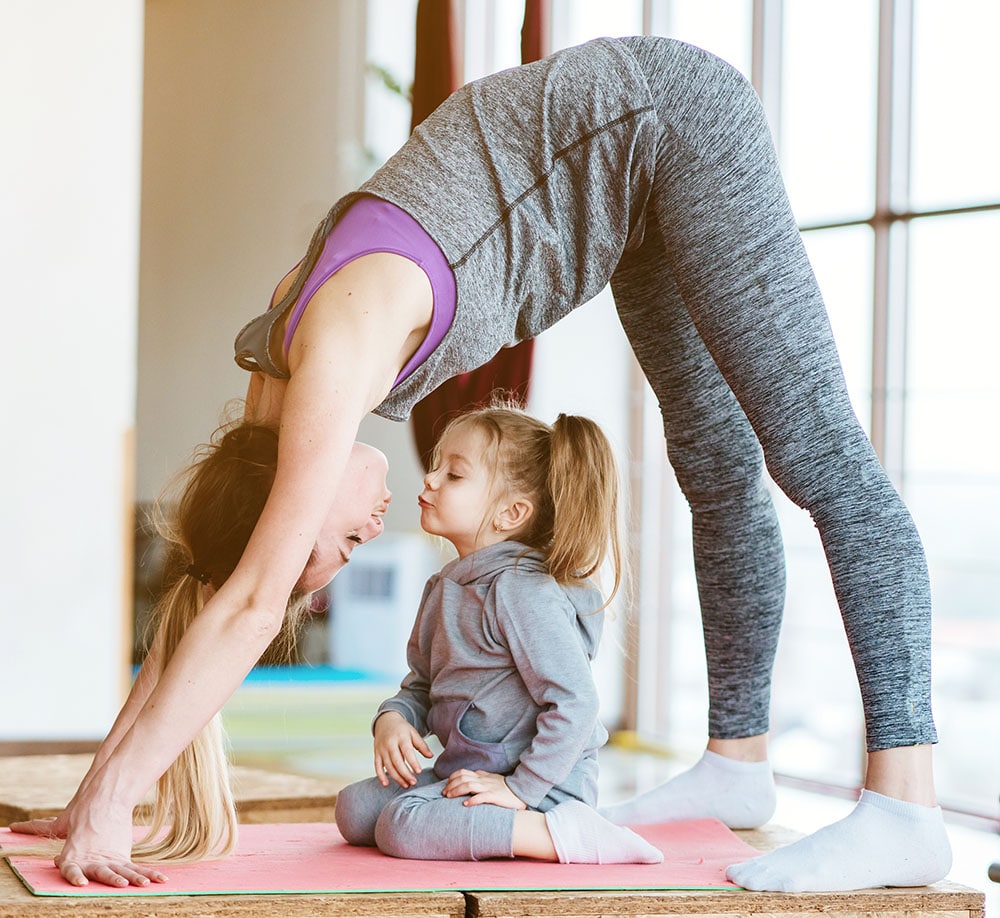Pediatric Foot Care
Little Feet, Big Problems
Every parent wants the best for their child. So when something seems “not quite right,” or your little one complains about foot pain after a fun day on the playground, you’re understandably anxious and eager to find out what’s wrong.
As parents ourselves, we get it!
Here’s the thing, too—while many childhood foot problems are temporary or self-correcting in time, others are not. And if your child does have a problem that needs special care, it’s critical that we identify and treat it as early as possible. It’s best to tackle these issues early before they become more difficult to treat and more likely to cause problems into adulthood.
At Heartland Foot & Ankle, our aim is to treat every child who comes into our office as one of our own. That means not only offering the best treatments available (so your child can keep doing the things they love, now and in the future) but also creating a warm, caring environment for the entire family.
Children Need Podiatrists, Too!
When most people think about foot doctors, they tend to associate the practice with mature, “well-used” feet. But the truth is “new” feet sometimes require attention, too.
Why? Here are some reasons:
- In the first year, your child’s feet grow, change shape, and expand rapidly. If he or she wears shoes that are too small or too tight, it could impact their development.
- As a toddler, your child begins taking his or her first steps. This is the time they learn how to run, play, and move freely. Sometimes, children learn how to walk by standing on their toes. This is common and easily treated if stopped early.
- Throughout adolescence, your child plays on the playground, joins a sports team, and runs around freely – and sometimes injuries can happen. Without proper treatment, your child’s growing bones could be permanently damaged.
That being said, you should always keep in mind that children sometimes are unable to recognize when there is a problem. A painful heel or ingrown toenail can easily go unnoticed merely because children don’t quite know how to communicate their symptoms.
So it’s important that you pay close attention to your child’s walking gait and feet shape. And if they ever complain of discomfort in their feet or ankles, your best course of action is to come in and visit our office for a better evaluation. By catching foot injuries early, you could improve your child’s future.
Common Foot Injuries In Children
So what should you be looking for? This is an incomplete list, but some of the most common foot problems we see in kids include:
Pay Up Front & Save Plan
Many kids don’t actually develop permanent arches until age 5 or 6, so active treatment isn’t always necessary. However, in some cases, arches never develop or may be caused by a more serious structural or neuromuscular problem. If your child’s flat feet are the result of one of these more serious causes—or if they are simply causing them pain—it’s crucial to identify and address the problem as early as possible.
In-Toeing & Out-Toeing
Many young children have feet and toes that appear pointed inward or outward due to being born with an abnormal rotation in the bones of the feet, shins, or thighs. In many cases, these misalignments will go away on their own. However, we recommend close observation and intervention if the rotation is causing gait problems or pain.
Heel Pain
This symptom is not reserved for adults only! Children can suffer from heel pain, and the cause is often a condition unique to kids and adolescents called Sever’s disease. That’s a misnomer, fortunately—Sever’s isn’t actually a disease, but an overuse injury caused by irritation of the growth plate of the heel. Temporarily stopping athletic activities and bringing your child in for a checkup can help facilitate a quick, full recovery.
Sports Injuries
Kids can be rambunctious, and they are susceptible to all manner of foot and ankle sports injuries, including ankle sprains, stress fractures, ligament tears, and more. Sports injuries that aren’t treated properly early in life can lead to chronic pain, instability, and early arthritis later in life, so it’s important to get your child the care he or she needs.
Skin Infections & Conditions
Kids are also highly susceptible to skin conditions including warts, athlete’s foot, and foul odor (bromodosis). There are a number of reasons for this, including sweaty shoes, underdeveloped immune systems, and increased likelihood of contact with infected surfaces. Bacterial, viral, and fungal skin infections can be itchy, painful, and embarrassing, and they’re often contagious, too—so we recommend immediate treatment.
Any of these issues could end up being a warning sign of more serious issues that may be lurking under the surface. We say this not to scare you, of course! We just want to stress that getting a professional evaluation is the wisest course of action.
So, listen to what your kids are telling you or showing you about their pain. If they complain to you directly, or if they demonstrate any signs that their feet might be bothering them (withdrawing from play, compulsively pulling off shoes, walking with a strange gait, etc.), please come and see us! If more treatment is necessary, we’ll make sure your child gets it. And if not, you’ll still be able to enjoy peace of mind. Call us at (309) 661-9975 to schedule your appointment today or fill out our online contact form!

